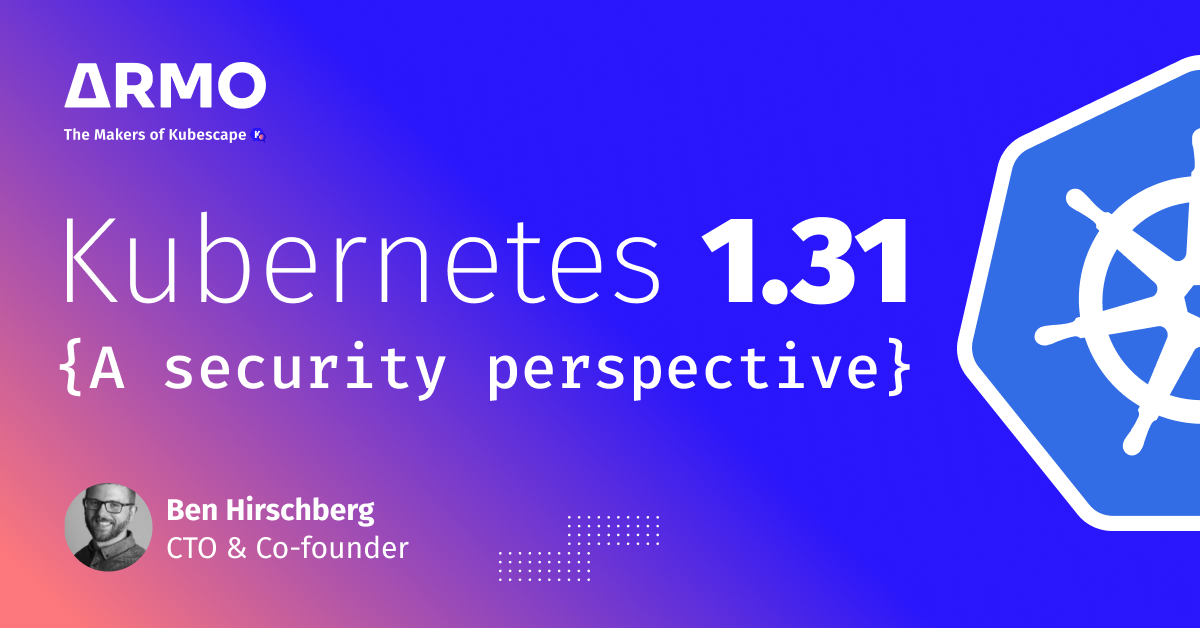- TechOps Examples
- Posts
- Multi Cloud GitOps Workflow for Kubernetes Management
Multi Cloud GitOps Workflow for Kubernetes Management
Good day. It's Thursday, Aug. 15, and in this issue, we're covering:
Multi Cloud GitOps Workflow for Kubernetes Management
Kubernetes 1.31: Key Security Enhancements You Should Know
Dynatrace named a Leader in the 2024 Gartner® Magic Quadrant™ for Observability Platforms
101 real-world gen AI use cases
OpenTofu vs Terraform : Key Differences and Comparison
Automating Secret Injection from AWS Secrets Manager into Kubernetes
You share. We listen. As always, send us feedback at [email protected]
Use Case
Multi Cloud GitOps Workflow for Kubernetes Management
You may already know about GitOps—a practice that's reshaping how we manage infrastructure and applications by treating Git as the single source of truth.
But what happens when you take GitOps and apply it to multi-cloud implementations?
Well, that’s where things get really interesting. Imagine managing your Kubernetes clusters across AWS, Azure, GCP etc., with the same consistency and ease, regardless of the cloud provider.
This is becoming more than just a trend; it’s a growing necessity for organizations aiming for resilience, flexibility, and control.
Take a look at the illustration below, which provides a snapshot of how GitOps can be extended to manage multi-cloud Kubernetes deployments effectively.

Multi Cloud GitOps Workflow for Kubernetes Management
How it Works (Step-Wise):
Let’s dive into the components that make this architecture work seamlessly:
1. A user begins by creating or updating a Cluster Definition YAML file that outlines the specifications for a Kubernetes cluster.
2. The YAML file is then committed to the Clusters Repo. This action effectively logs the desired state of the cluster in Git, which acts as the source of truth.
3. Argo CD, residing in the Management Cluster, continuously monitors the Clusters Repo for any changes. Once it detects a change, it triggers the necessary actions to ensure the actual state of the clusters reflects the committed YAML file.
4. Rancher UI in the Management Cluster provides a visual interface for managing the clusters. The CAPI Controller automates the creation and lifecycle management of these clusters according to the specifications defined in the YAML file.
5. The Model Repos store core configurations and services needed by all clusters. Argo CD applies these configurations across the relevant clusters, ensuring consistency across your infrastructure.
6. Applications are defined in the Workspace Repo in the form of YAML files. Argo CD ensures these applications are deployed and managed consistently across all Workload Clusters in AWS, Azure, and GCP.
7. Throughout this process, Prometheus and other monitoring tools keep an eye on the health and performance of your clusters.
Argo CD continues to monitor the Git repositories, making sure the actual state always aligns with the desired state.
I understand, this is easier said than done. But I believe this attempt will give an idea of where to start.
p.s. if you think someone else you know may like this newsletter, share with them to join here
Tool Of The Day
k9scli: A terminal-based UI to manage Kubernetes clusters that integrates SSH-like interactions, allowing you to inspect and manage pods, nodes, and containers.
Trends & Updates
Resources & Tutorials
"What lies behind us and what lies before us are tiny matters compared to what lies within us."
— Ralph Waldo Emerson
What'd you think of today's edition? |
Did someone forward this email to you? Sign up here
Interested in reaching smart techies?
Our newsletter puts your products and services in front of the right people - engineering leaders and senior engineers - who make important tech decisions and big purchases.





